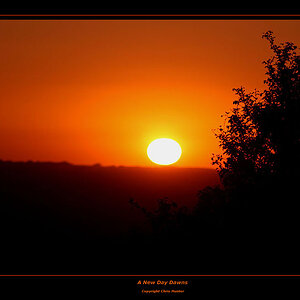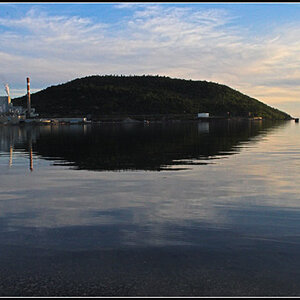blchapell
TPF Noob!
- Joined
- Jul 19, 2009
- Messages
- 1
- Reaction score
- 0
- Location
- NW Arkansas
- Can others edit my Photos
- Photos OK to edit
Hi! I am pretty new to photography and have done mostly outdoor pictures...kids mostly. I am transforming an extra room in my house to a small photography studio. I recently got several backdrops, but haven't purchased any lighting equipment...honestly b/c i'm too scared. There is soooooo much out there!!! And it's very intimidating! Any suggestions on what I should purchase to do portraits in a small room??
Thanks so much for your ideas!
Beth
PS....I am very excited to see your suggestions...please know I'm also not terribly familiar with some of the photography terms. )
)
Thanks so much for your ideas!
Beth
PS....I am very excited to see your suggestions...please know I'm also not terribly familiar with some of the photography terms.


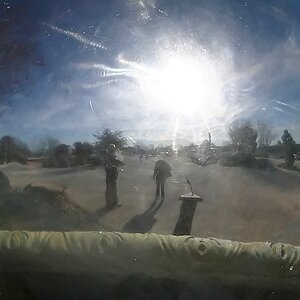
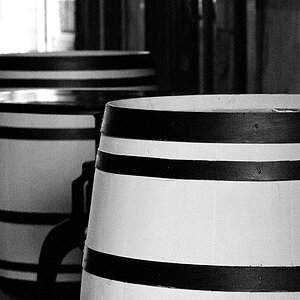
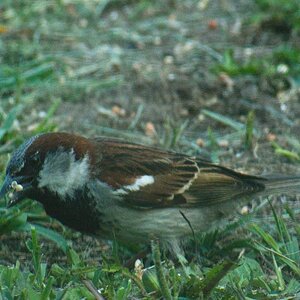
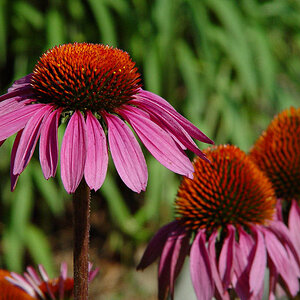
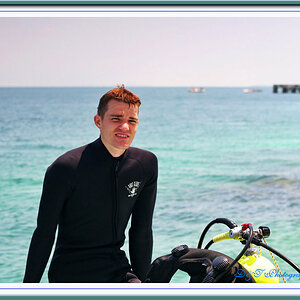
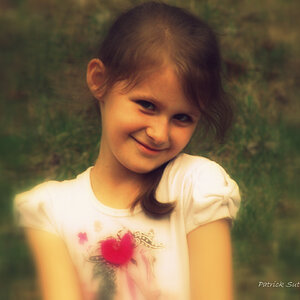
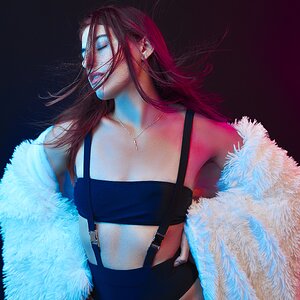
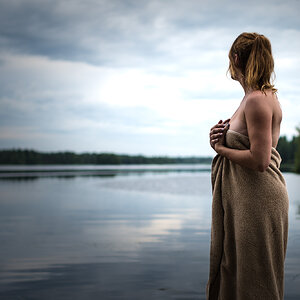
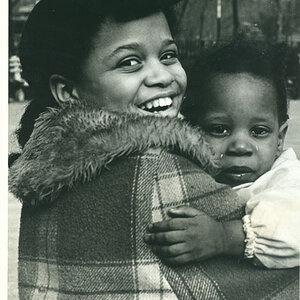
![[No title]](/data/xfmg/thumbnail/37/37102-ef61523dcb48f0bd3a761c8bb5cea767.jpg?1619737881)
